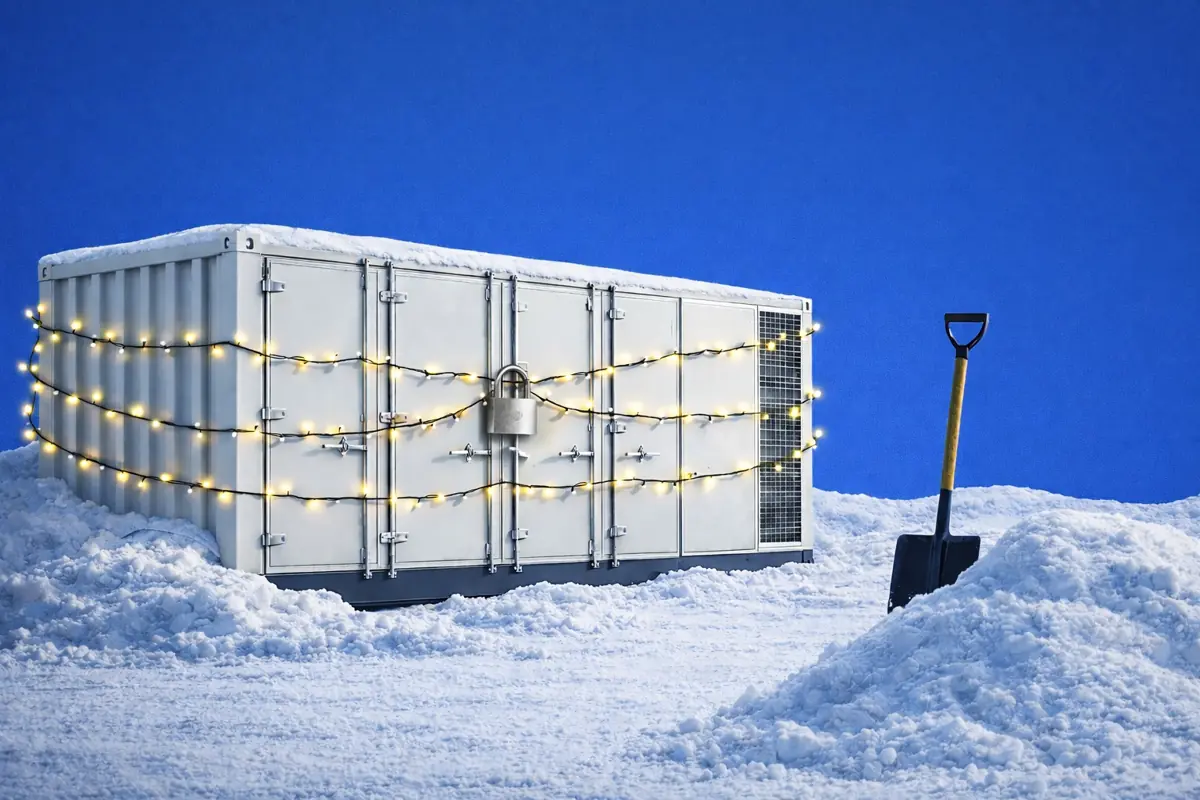05 December 2024
ERCOT: Ten key drivers of lower battery energy storage revenues in 2024
Written by:
ERCOT: Ten key drivers of lower battery energy storage revenues in 2024
Executive Summary
- ERCOT battery energy storage revenues fell ~70% in 2024 compared to 2023, as market saturation, declining volatility, and weaker demand growth reduced earnings.
- More than 3.1 GW of new battery capacity came online in 2024, including a number of new 200+ MW projects.
- With Ancillary Services showing signs of saturation, batteries shifted to Energy arbitrage, reaching record participation - but overall price spreads flattened due to rising solar generation.
Subscribers to Modo Energy’s Research will also find out:
- How increased competition among battery operators led to revenue compression across the ERCOT market.
- Why stagnant demand growth and mild weather conditions played a bigger role in falling revenues than previously expected.
- How shifting price peaks from midday to the evening is reshaping optimal battery dispatch strategies.
To get full access to Modo Energy’s Research, book a call with a member of the team today.
Introduction
As of mid-November 2024, average battery energy storage revenues in ERCOT were around 70% lower than they were at the same time last year. But what were the key trends that drove this drop-off in earnings?
Get full access to Modo Energy Research
Already a subscriber?
Log in







